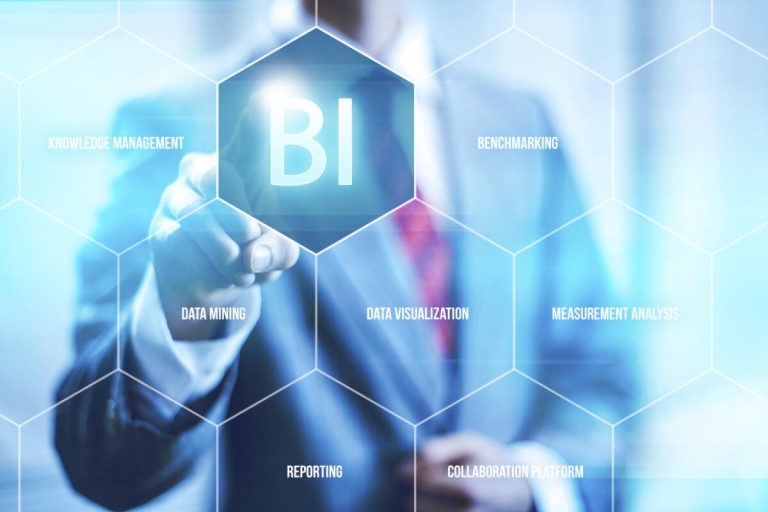During digital transformation, taking advantage of new technology will involve increasing the cyber-attack surface of your business. With that said, you do need to ensure that you act with necessary caution. Worst case scenario, if an attack is successful, the downtime could spell financial disaster for your organisation. With cyber-attacks against UK organisations increasing in 2019, your business can’t afford to take risks. Ransomware attacks have hit some sectors harder than others, including finance, construction and professional services, at a high rate, hackers are targeting all industries with the file-encrypting malware (Datto). Read through our guide below, created to lend you some insight into how to adopt new technologies whilst keeping your business data as secure as possible. Focus on anti-ransomware solutions With the introduction of GDPR legislation, hackers know that encrypted or stolen data could land a business in hot water with the Information Commissioner’s Office (ICO), which could lead to fines in the tens of millions. They’ll use this to their advantage to extort ransom payments out of you. It’s never advisable to pay the cybercriminals, as it’s rare you’ll get your data back. Additionally, hackers will identify your business as a guaranteed pay-out and will continue to target you. With ransomware attacks increasing exponentially in recent years, security organisations have created solutions which specifically protect your systems and data from ransomware. Intelligent solutions like Intercept X will prevent ransomware at the point of infiltration. Or, if your business has already fallen victim to this file-encrypting malware, it’ll reverse the damage. You’ll also get access to features like root cause analysis, which identifies how the ransomware got into your business so you can bolster your systems going forward. A business continuity plan is paramount If, like many businesses, you host all of your critical resources on one server, an attack or failure on this system could bring your business down. For years, organisations have been backing up their files and data either on physical devices or into the cloud. But now it’s not enough to simply back up data. Forward-thinking business continuity and disaster recovery solutions will not only back up your data, but back up your entire IT estate,, whether that’s physical, virtual or in the cloud. Say, for example, a key server in your business goes down – that could be due to a malicious attack, an electrical failure or a flood. You can use your business continuity solution to spin up your server virtually and be back up-and-running in no time. A managed IT services partner can help you implement the most suitable solution. With proper training, staff can help to protect your business data Even with the advent of innovative technologies, your biggest attack surface is still your employees. Email is by far the most popular vector to launch a cyber-attack, with an estimated 91% of cyber-attacks starting with an email designed to harvest login credentials (PhishMe research). The phishing emails of the 2010s are significantly more targeted and harder to spot than old-school email scams. Hackers are impersonating the business software you use (including purporting to be Microsoft to get your email credentials), your suppliers and even your colleagues, and they’re more convincing than ever. Ensuring your staff are not only provided with training opportunities, but are continually upskilled in spotting suspicious content, is essential to keeping your business safe. Additionally, you can use tools which simulate phishing attacks to benchmark the existing knowledge amongst your employees and track progress against your training. Bio: Natasha Bougourd is a Lead Applications Writer at TSG, offering managed IT support in London, with expertise across a range of areas including Office 365, Dynamics 365, document management and business intelligence.





